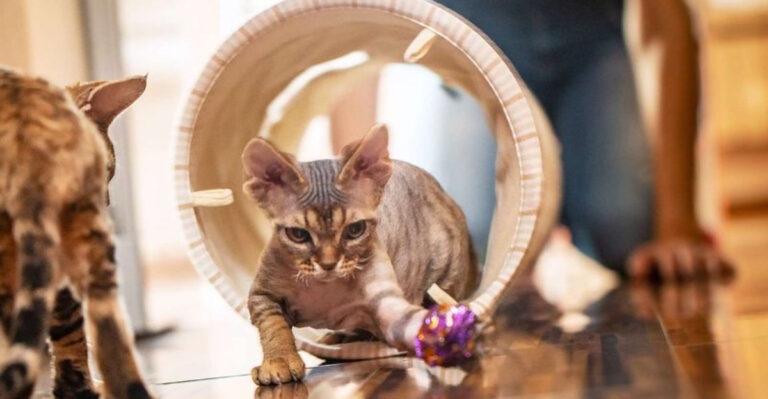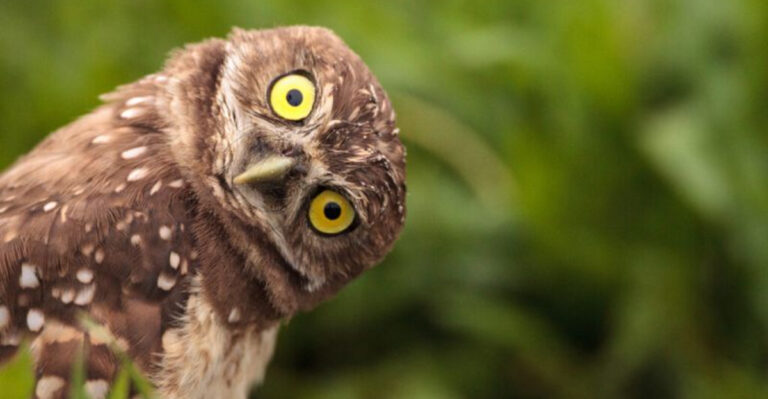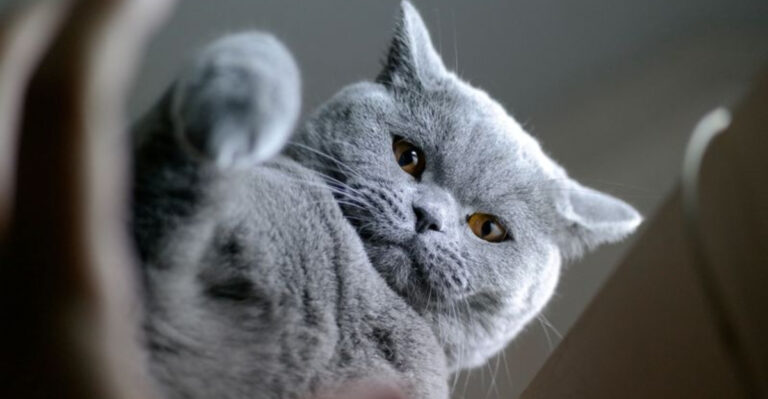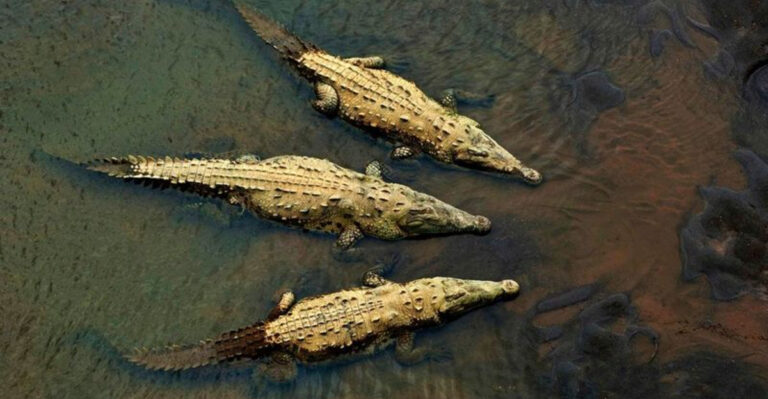Meet The Real Dilophosaurus, The Double-Crested Predator Hollywood Got Wrong
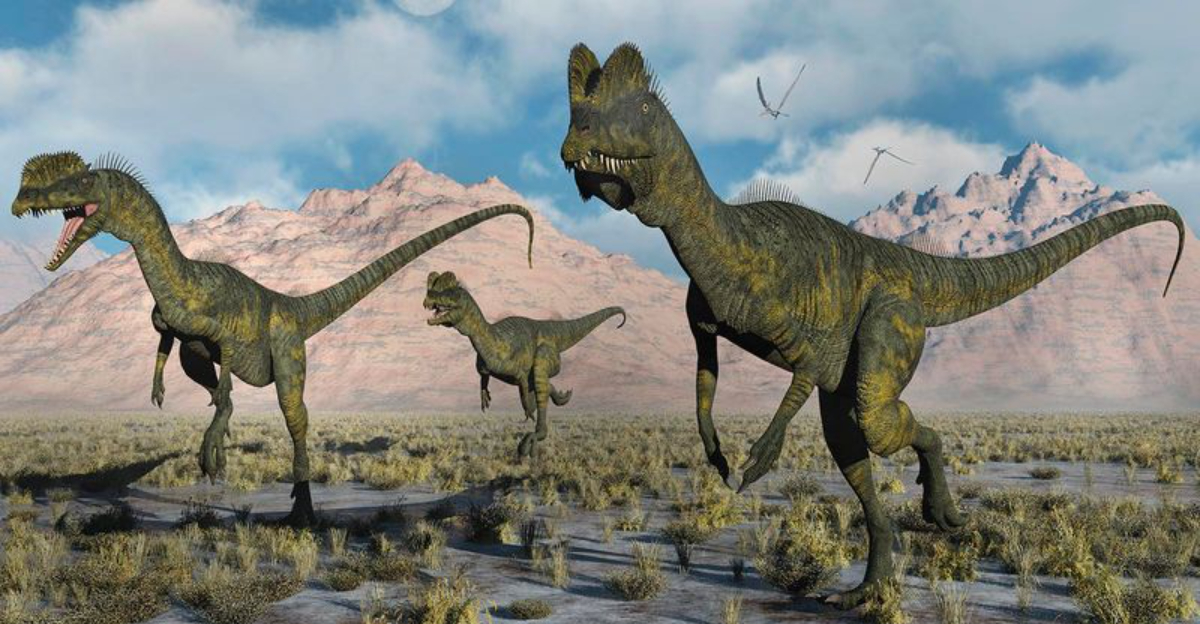
Remember that frilled, venom-spitting dinosaur from Jurassic Park? Hollywood took some serious creative liberties with Dilophosaurus! The real prehistoric beast was quite different from what appeared on screen.
Scientists have uncovered fascinating facts about this early Jurassic predator that paint a much more impressive – and accurate – picture than what pop culture shows us.
Size Matters – It Was Much Bigger Than Portrayed
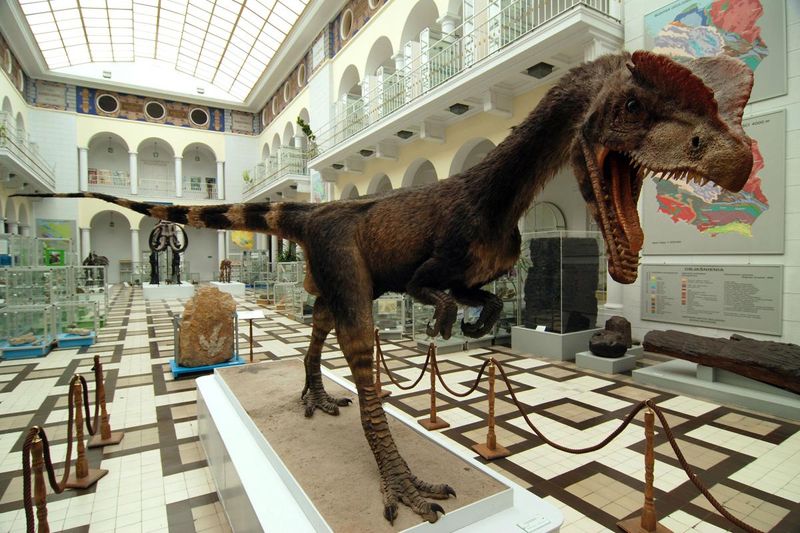
Far from the dog-sized creature in Jurassic Park, real Dilophosaurus stretched up to 20 feet long and weighed around 1,000 pounds! This impressive carnivore stood about 6 feet tall at the hip, making it one of the largest predators of its time.
Fossil evidence from Arizona shows this Early Jurassic hunter had a substantial build. When it roamed North America about 193 million years ago, nothing would have mistaken it for a small, cute dinosaur.
The filmmakers deliberately shrunk Dilophosaurus to distinguish it from Velociraptors (which they ironically made much larger than reality).
No Frills To Pay The Bills
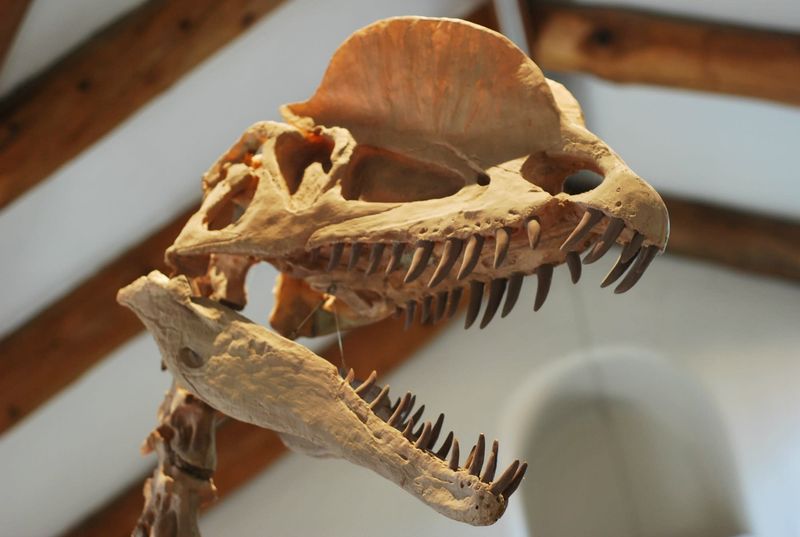
The iconic neck frill that unfurls in the movie? Pure fiction! No fossil evidence supports Dilophosaurus having any expandable neck frill whatsoever. This dramatic feature was completely invented by the filmmakers to make the dinosaur more visually distinctive and threatening.
Real Dilophosaurus fossils show a normal neck structure without any attachment points for such a feature. The idea likely borrowed from the modern-day frilled lizard, which does have an expandable neck structure.
Without this fictional frill, the actual dinosaur relied on its impressive size, powerful jaws, and speed to intimidate rivals and prey.
Venom-Free Zone
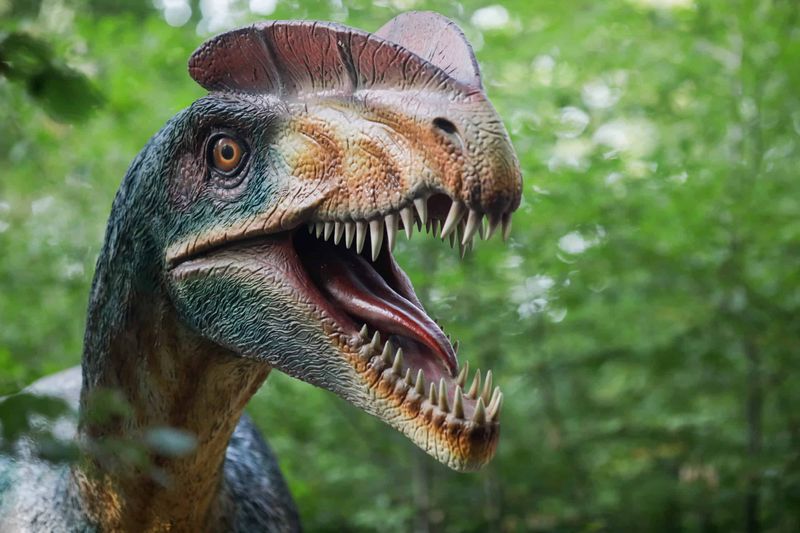
Despite what Jurassic Park showed, Dilophosaurus wasn’t venomous at all! No evidence suggests it could spit venom or had specialized venom glands. This was another Hollywood invention to make the dinosaur more dangerous and memorable on screen.
Real Dilophosaurus relied on its powerful jaws filled with sharp teeth to take down prey. Scientists studying its skull structure found it was built for gripping and tearing flesh, not delivering venom.
Only a handful of modern reptiles like certain snakes and the Komodo dragon produce venom – it’s extremely rare in the reptile world and unknown in dinosaurs.
Those Twin Crests Were Real – And Spectacular
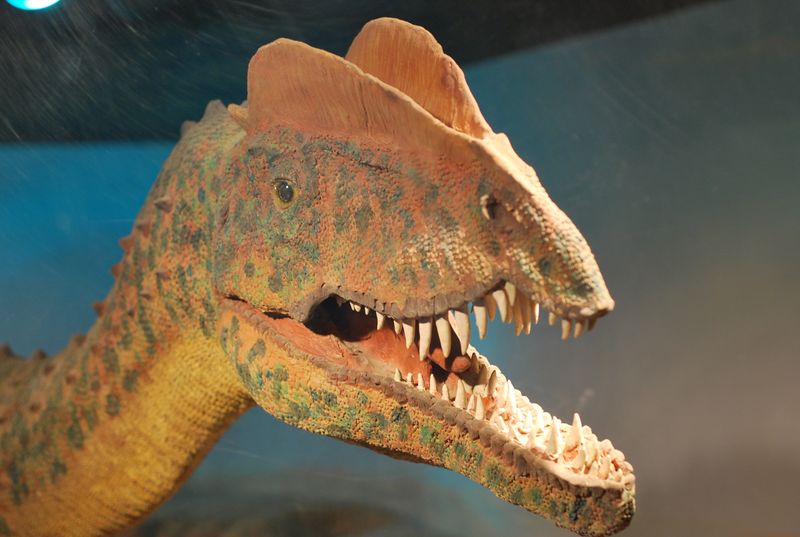
Hollywood got one thing right – Dilophosaurus really did have two thin, parallel crests on its skull! These distinctive crests give the dinosaur its name: “di” (two) “lopho” (crest) “saurus” (lizard). The real crests were likely even more impressive than shown in the film.
Scientists believe these crests weren’t weapons but instead served as display structures. They might have been brightly colored and used to attract mates or intimidate rivals, similar to how modern birds use colorful features.
The crests were relatively thin and delicate, suggesting they weren’t used in physical combat but purely for visual display.
Powerful Hunter With A Bite Problem
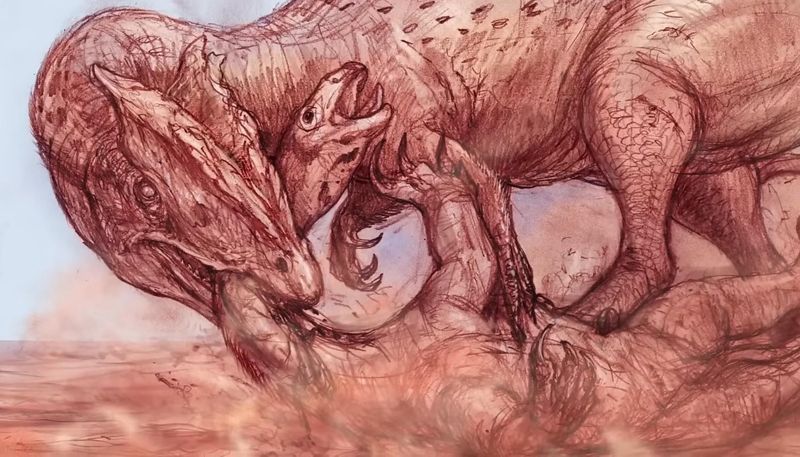
Dilophosaurus had a peculiar jaw structure that created a fascinating predatory puzzle. Early studies suggested its upper jaw had a kink that might have made its bite relatively weak for its size.
More recent research indicates it may have used its front teeth to grip prey while using its powerful neck and body to tear flesh – similar to how crocodiles feed. This would compensate for any weakness in direct biting force.
Far from the hesitant hunter in the movie, the real Dilophosaurus was likely an apex predator of its ecosystem. Its long arms with clawed hands could have helped secure struggling prey while its jaws delivered killing bites.
Early Jurassic Pioneer
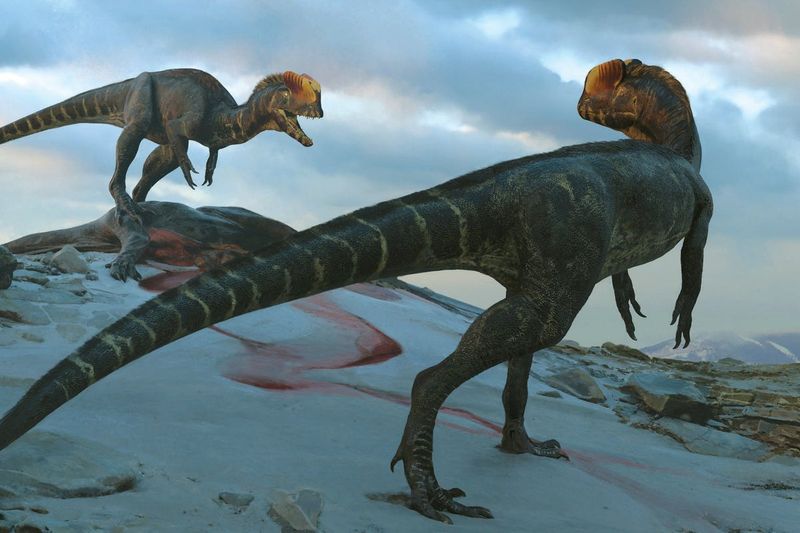
Dilophosaurus lived during the Early Jurassic period, about 193 million years ago. This makes it one of the earliest large predatory dinosaurs we know of – a pioneer of the large carnivore lifestyle that later theropods would perfect.
The time period when Dilophosaurus lived was a crucial evolutionary moment. The massive Triassic extinction had recently cleared the playing field, opening ecological niches for dinosaurs to expand into.
As one of the first large predators to evolve after this extinction event, Dilophosaurus represents an important transitional form between earlier smaller dinosaurs and the massive predators that would follow millions of years later.
Fast-Moving Feet For Pursuing Prey
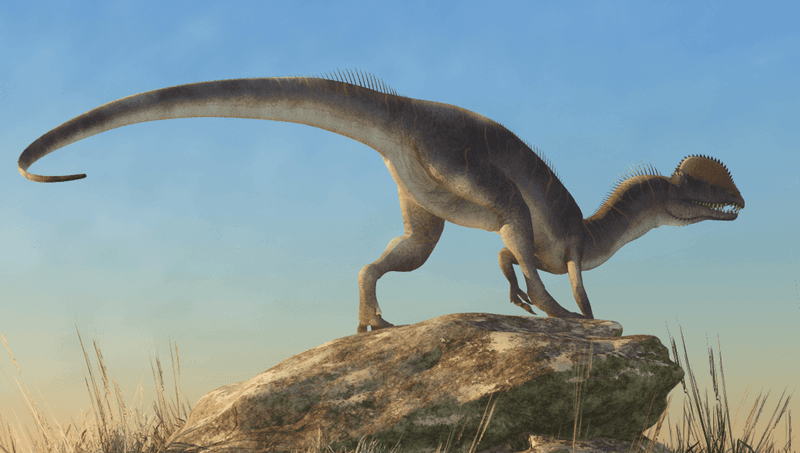
Dilophosaurus was built for speed! Its leg proportions suggest it was a fast runner, capable of chasing down prey across the Early Jurassic landscapes. The dinosaur had long, powerful hind limbs with a lightweight skeleton optimized for agility and quickness.
Analysis of its foot structure shows adaptations for running efficiently on two legs. This contradicts the movie version, which awkwardly hobbled around before attacking.
With its combination of speed and size, Dilophosaurus would have been a terrifying predator. It could likely outrun many of the herbivorous dinosaurs and other animals that shared its environment, making it an efficient hunter in the early dinosaur ecosystems.
First Discovered By A Navajo Teen
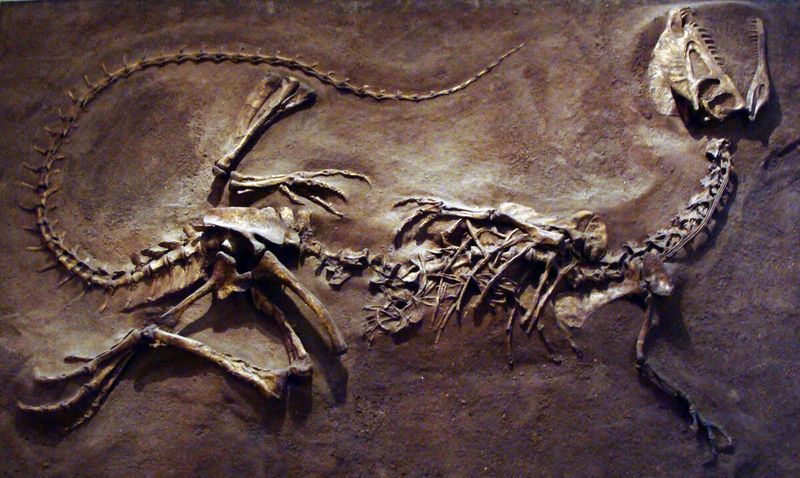
The fascinating story of Dilophosaurus discovery begins with Jesse Williams, a Navajo teenager who found the first specimen in 1940 on Navajo Nation land in Arizona. This initial discovery consisted of a partial skeleton that immediately caught scientists’ attention.
The dinosaur wasn’t formally named until 1970, when paleontologist Samuel Welles finally described it as Dilophosaurus. Before that, it was temporarily classified as a species of Megalosaurus, showing how our understanding of dinosaurs evolves over time.
Several more specimens have been found since, but Dilophosaurus fossils remain relatively rare compared to some other dinosaur species, making each new discovery particularly valuable.
Mystery Of The Weak Wrists
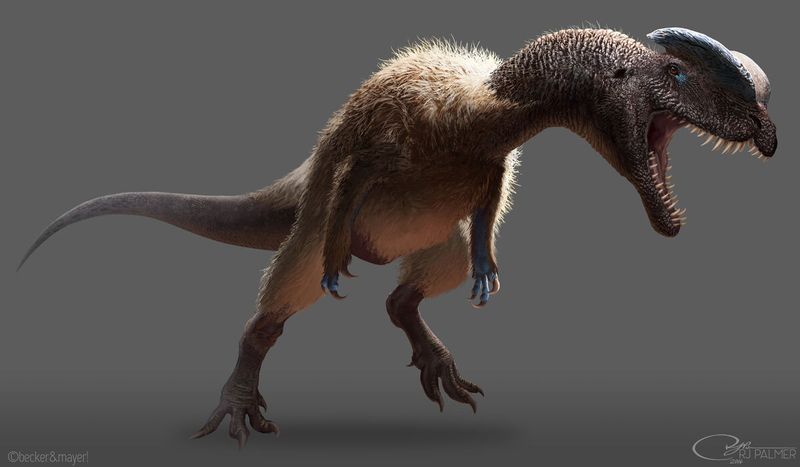
One peculiar feature of Dilophosaurus was its unusually weak wrist joints. While it had large hands with sharp claws, the connection between its arms and hands wasn’t as robust as you might expect for a predator.
This anatomical quirk has puzzled paleontologists for years. Some theories suggest Dilophosaurus might have used its arms for specific hunting techniques that didn’t put much strain on the wrists, or perhaps for display purposes during mating rituals.
Another possibility is that Dilophosaurus represents an evolutionary transition, with arm structures still adapting to new hunting styles. This mysterious feature reminds us how much we still have to learn about these ancient creatures.
Cultural Impact Beyond Scientific Reality
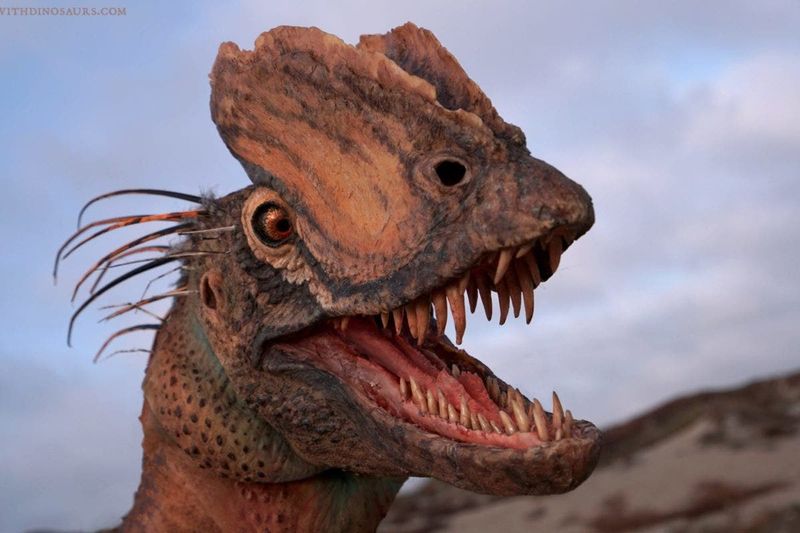
Despite its scientific inaccuracies, Jurassic Park’s portrayal of Dilophosaurus has become one of the most recognizable dinosaur depictions in popular culture. The fictional version has appeared in toys, games, and subsequent films in the franchise.
This cultural phenomenon highlights the interesting tension between scientific accuracy and storytelling. While paleontologists might cringe at the inaccuracies, the fictional version has actually increased public interest in the real dinosaur.
Many people who become interested in the actual Dilophosaurus start by being fascinated with the movie version, showing how even inaccurate portrayals can ultimately lead to greater scientific awareness and curiosity about prehistoric life.


